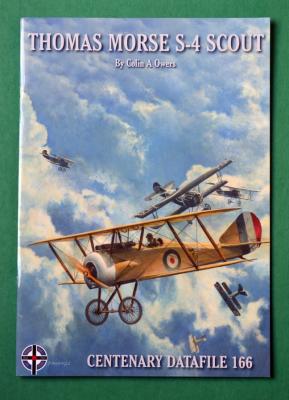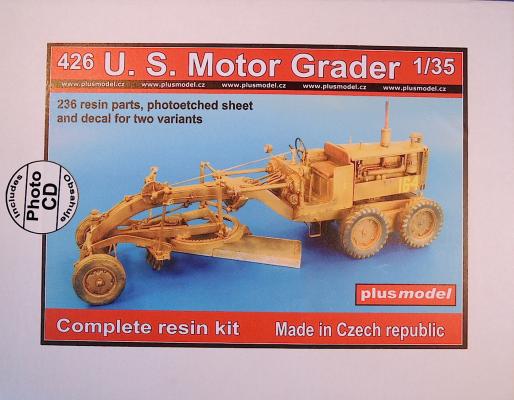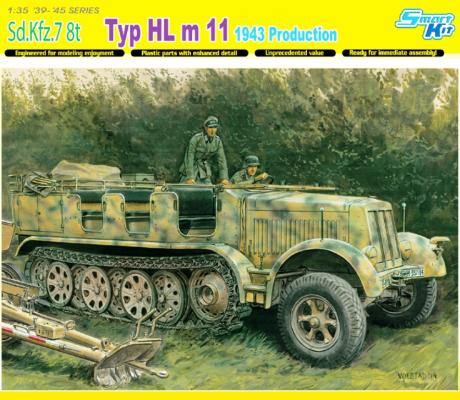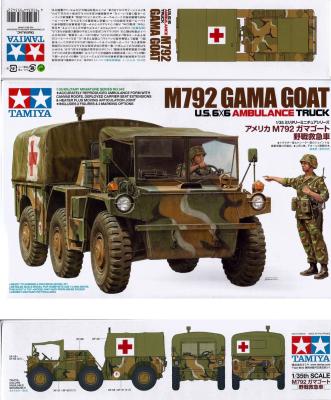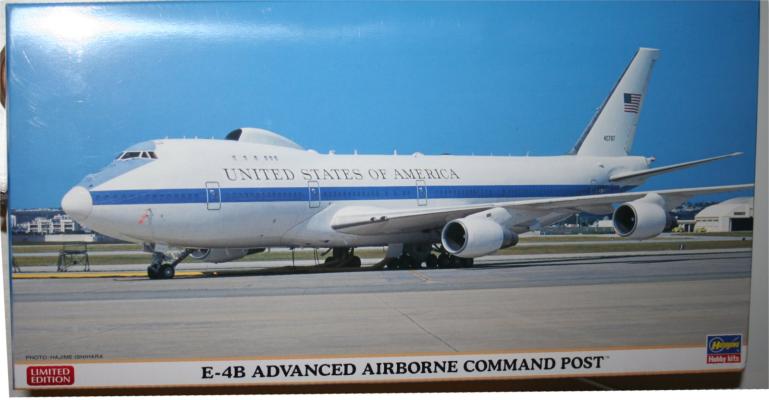In the years between WWI and WWII, moviegoers in America may have thought they were watching wartime footage of aerial dogfights between Fokker D.VIIs and Sopwith Camels in such films as Hell’s Angels and Dawn Patrol. They may have been watching some of the surviving Fokkers, but in all likelihood, the nimble fighters with roundels on their wings were aircraft that never made it into military service during the Great War…instead, they were the small single-seat S4 ‘Scout’ trainers built by The Thomas Morse Aircraft Corporation in 1917-1918 that were considered surplus after the war.
Welcome to the IPMS/USA Reviews site!
Introduction: The primary organization of the IPMS/USA Review website is by IPMS/USA National Contest Class. Within each Class there are sub-menus by kits, decals, books, etc. The Miscellaneous Class is for items that are not class specific or that cross two or more classes.
IPMS/USA Members: We encourage you to submit reviews, both here and to the Journal. To volunteer for membership in the IPMS/USA "Reviewers Corps" and submit your own reviews, please read the Guidelines For Submitting Product Reviews.
Manufacturers, publishers, and other industry members: IPMS/USA is pleased to offer your company the opportunity for product reviews. All product reviews are performed by IPMS/USA members, and are posted in the publicly-accessible section of our website. With very few exceptions, we perform full build reviews of new kit releases, aftermarket products, and supplies. If you would care to provide product samples for review, please contact John Noack, IPMS/USA 1st VP.
To learn more about IPMS/USA, please see our About Us page.
This is a first look ‘In the Box’ review of PlusModel’s new U.S. Grader resin kit. A subsequent review will review the detailed assembly of the kit. The kit appears to be a very complete, nicely detailed, high quality kit of a unique vehicle from WWII. The U.S. Grader follows PlusModel’s excellent dozer models.
The kit comes in a sturdy 10.5 x 7.5 x 2.5" deep corrugated cardboard box. First out of the box are a photo CD, 6” x 8.25" stapled instruction booklet with 28 pages, a small bag with decals, photoetch fret, and a length of copper wire.
Next are six sealed bags of 231 gray resin parts. The parts have crisp detail and no air bubbles are apparent. The large grader blade appears straight with no visible defects. The radiator is nicely detailed with raised letters for the words Caterpillar along the sides and top front of the radiator. One of the bags his two clear parts for the headlamps.
I began building Dragon Model kits when they first became available back in the 1970’s. Even back then they were a breath of fresh air on the modeling scene. They offered fascinating subjects never seen before and although sometimes a bit simplified, I liked them a great and built numerous models from their catalog, enjoying them all. My, how they have evolved over time.
Thanks first to Tamiya USA for the review sample and to IPMS/USA for the chance to review this kit.
The Aircraft
The E-4B is obviously a modified Boeing 747, or VC-25. It started out as a 747-200, but has had equipment added to make it an airborne command post. There was an E-4A, but these have been modified to B standard. The big visual difference between an A and a B is the fairly large hump on the top near the front. This houses the SHF SATCOM antenna.
The E-4B has a crew of 48 to 112, depending on mission needs. It can stay aloft for a week if necessary, the limiting factor being engine lubricants. In case of national emergency, the President, the cabinet, and whoever else is deemed necessary would be aboard.
The E-4B has not been upgraded to a glass cockpit, as the analog instruments are less susceptible to EMP (electromagnetic pulse) damage from a nuclear event.











